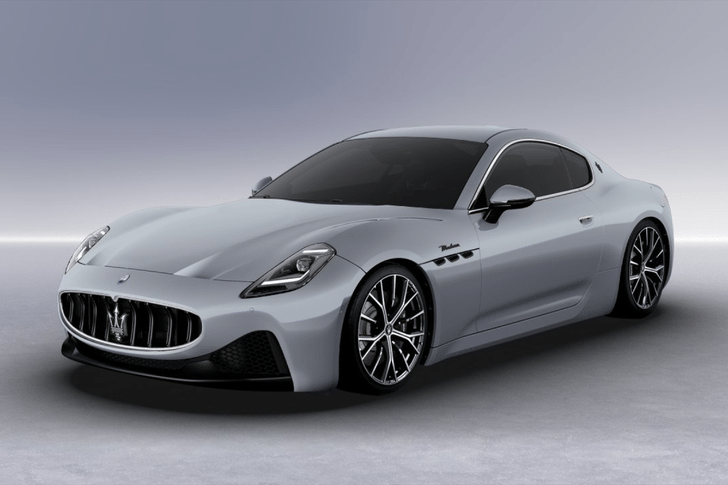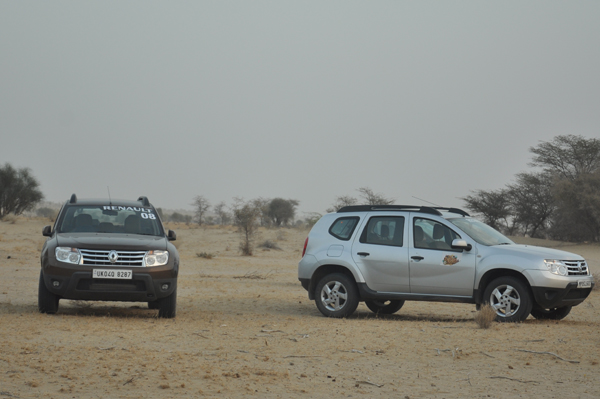In the battle to reduce global CO2 emissions, the emphasis has so far been on making less of it, but a few automotive companies are looking at ways to remove the gas directly from the atmosphere as well.
A process called direct capture (DAC) uses chemical filters to absorb CO2 from air passed through them. CO2 is needed to make synthetic fuels – being combined with hydrogen to make methanol – which then undergoes further processing to produce the final product: a direct replacement for petrol or, in another formulation, as aviation fuel.
It’s this that Porsche and partner firm Highly Innovative Fuels are doing at the latter’s Haru Oni pilot plant in Chile, where industrial-scale DAC technology is also being developed to produce the CO2 needed to make the carbon-neutral fuel.
As well as developing engines that combust hydrogen and synthetic fuels off the back of its motorsport programmes, Toyota is experimenting with an on-board DAC system fitted to a Corolla H2 race car (which is powered by gaseous hydrogen).
It works using a filter on the air intake to absorb CO2 in much the same way as the Haru Oni plant but on a much smaller scale. There are two filters: one ahead of the intake air filter, which absorbs CO2 from ambient air ingested by the engine at the rate of 60 litres per second, and one in a hotspot near the oil cooler at the front of the car.
According to Toyota, this mobile DAC system has an advantage in that it doesn’t consume extra energy by powering fans to force air through capture filters (that’s done by the movement of the car through the air). Nor does it consume energy through generating heat needed to extract the CO2 from the filters. In this case, heat from the engine oil feed is used to do the job, and once the CO2 is released, it’s dissolved in a recovery fluid.
Developed by Kawasaki Heavy Industries, this DAC filter technology uses a white, granular, solid sorbent, every gram of which gives a surface area of roughly 370square metres. CO2 is extracted at 60-deg C, a low temperature than that required by some other types of material For now, the amount captured is fairly modest, at around 20g every 56 miles, and filters are manually replaced during every pit stop.
The next stage is to increase the rate of capture and develop a system that functions automatically. Kawasaki hopes to see these systems capturing CO2 on a large scale by 2030.
While the idea might seem far-fetched, Audi and supplier Mann+Hummel began trials last year of the AudiAir Purifier, a particulate filter mounted ahead of the radiator to capture atmospheric particulates.While all of these projects have a way to go, the idea of cars capturing free-range pollutants rather than just those that they have generated themselves seems appealing.

































